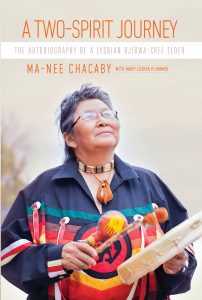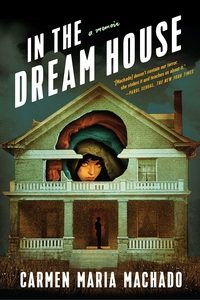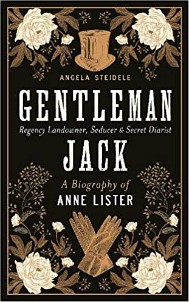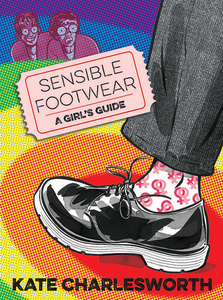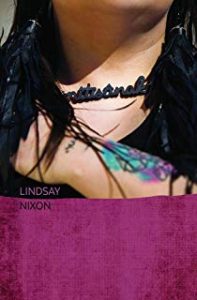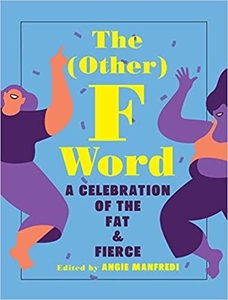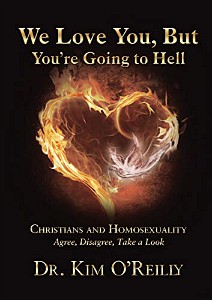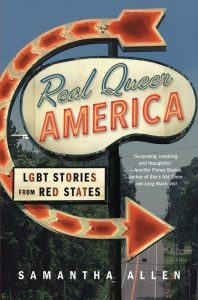I gravitate towards autobiography and memoir writing, so I was delighted to find this autobiography when I was browsing for something to read. This is the personal narrative of Ma-Nee’s life, and a great documentation about all of the changes that she has experienced. From living out on the land, to being closer with communities and navigating a journey into sobriety as well, there has been so much that Ma-Nee has experienced and gone through.
A lot of the details and traumatic events that Ma-Nee has gone through can be triggering for many readers. However, I do encourage people to read this and understand the significance of Ma-Nee’s writing of her life story that is accessible in this way. Written records of Elder’s stories are not usually published, so to be able to access the teachings that Ma-Nee is willing to share with us from her Oji-Cree community is important.
This work also gives us a chance to acknowledge that processes of coming out and pride festivities look very different in other parts of the world, especially in smaller and more rural locations. There is a great deal of strength that can come from community-building, and it is possible to grow and lead a good and fulfilling life after experiencing trauma. I encourage people to read this as an important record for future generations, as well to know more about what life is like in many LGTBQ contexts.

